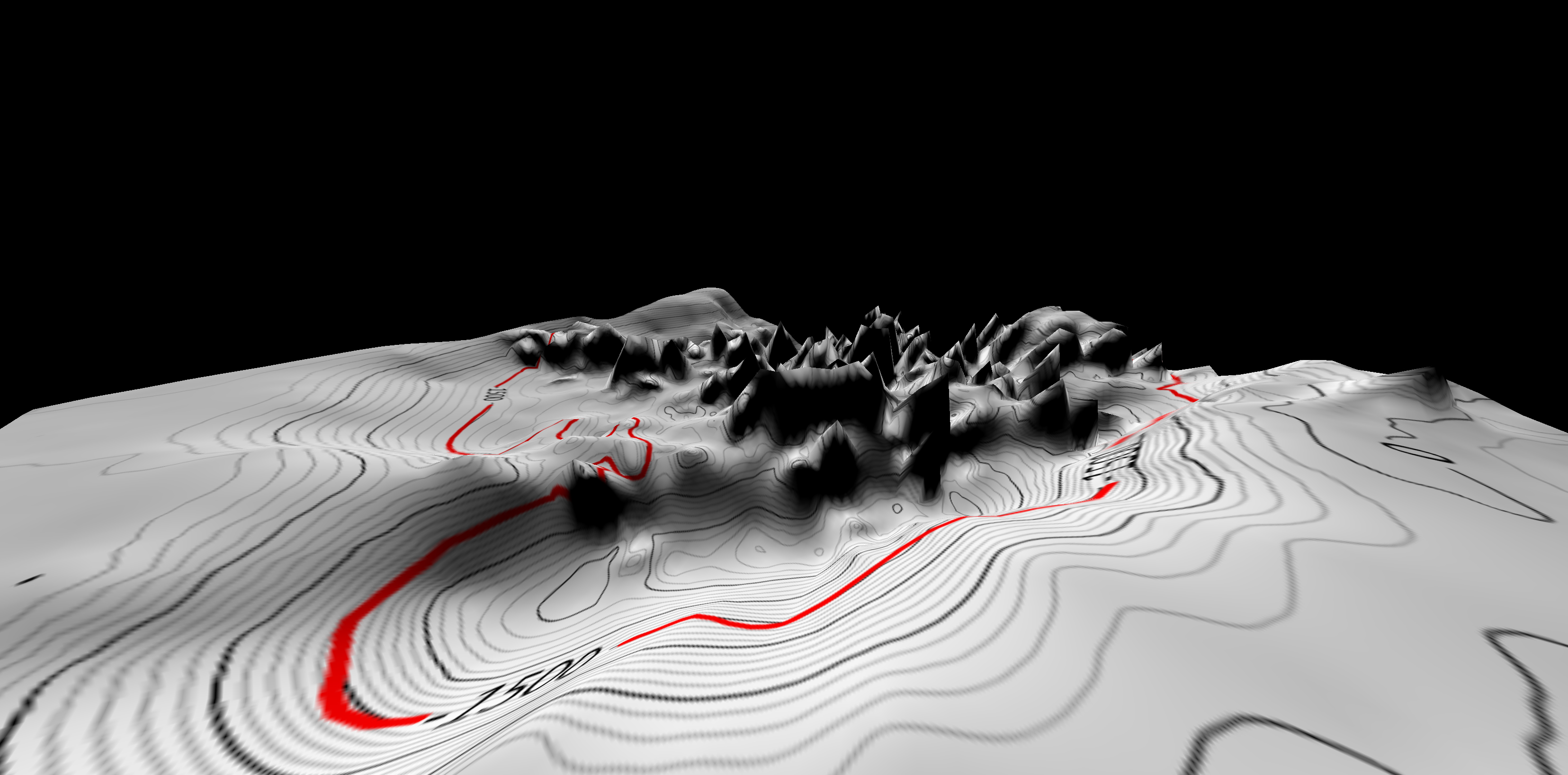Clive Schofield, Understanding Competing Maritime Claims in the South China Sea in the South China Sea Dispute (ISEAS – Yusof Ishak Institute, 2016), 22.
Hayley Roberts, “Current Legal Developments South China Sea, Responses to Sovereign Disputes in the South China Sea,” The International Journal of Marine and Coastal Law 30 (2015): 199–211, 199.
Schofield, Understanding Competing Maritime Claims, 22.
Shen Dingli, Elizabeth C. Economy, Richard Haass, Joshua Kurlantzick, Sheila A. Smith, and Simon Tay, “China’s Maritime Disputes,” Council on Foreign Relations, ➝.
Schofield, Understanding Competing Maritime Claims, 23.
“South China Sea,” Wikipedia, ➝.
Aaron L. Connelly, “Indonesia’s new North Natuna Sea: What’s in a name?,” The Interpreter, July 19, 2017, ➝.
Xuechan Ma, “Historic Title Over Land and Maritime Territory,” Journal of Territorial and Maritime Studies 4, no. 1 (Winter/Spring 2017): 31–46, ➝.
Amitav Acharya and See Seng Tan, “Betwixt balance and community: America, ASEA, and the security of Coutheast Asia,” International Relations of the Asia-Pacific 6, no. 1 (2006): 40.
John W. McManus, Kwang-Tsao Shao, and Szu-Yin Lin “Toward Establishing a Spratly Islands International Marine Peace Park: Ecological Importance and Supportive Collaborative Activities with an Emphasis on the Role of Taiwan,” Ocean Development and International Law 41, no. 3 (July 2010): 273.
Ibid.
Ibid.
John W McManus, “Offshore Coral Reefs and High-Tide Features of the South China Sea: Origins Resources, Recent Damage and Potential Peace Parks,” in Murray Hiebert ed., In the Wake of the Arbitration: Papers from the Sixth Annual CSIS South China Sea Conference (CSIS Center for Strategic and International Studies, 2017), 137–139.
Ibid., 141–142.
Ibid., 124, 142.
Kun-Chin Lin and Andres Villar Gertner, Maritime Security in the Asia-Pacific, China and the Emerging Order in the East and South China Seas (Chatham House, The Royal Institute of International Affairs, 2015), 6.
Schofield, Understanding Competing Maritime Claims, 23.
McManus, Shao, and Lin, “Toward Establishing a Spratly Islands International Marine Peace Park”: 271.
Lin and Villar Gertner, Maritime Security, 5.
Ibid.
Raul Pedrozo, “China Versus Vietnam: An Analysis of the Competing Claims in the South China Sea,” CNA Occasional Paper, August 2014, 1.
This question is the key to the Philippines’ case against China at the Permanent Court of Arbitration in The Hague: Is Itu Aba an “island” or “rock” under Article 121(3) of the United Nations Convention on the Law of the Sea (UNCLOS)?
Christopher Mirasola, “What makes an Island? Land reclamation and the South China Sea arbitration,” Asia Maritime Transparence Initiative, July 15, 2015, ➝.
Brought to the United States Navy in 1970s, the Philippine military deliberately grounded the ship atop the reef in 1999. "Philippines repairs crumbling South China Sea ship outpost," AFP, July 15, 2015, ➝.
Peter Kreuzer, “A Comparison of Malaysian and Philippine Responses to China in the South China Sea,” The Chinese Journal of International Politics 9, no. 3 (Autumn 2016): 239–276.
Lingqun Li, China’s Policy towards the South China Sea: When geopolitics meets the Law (New York: Routledge, 2018).
Lin and Villar Gertner, Maritime Security, 5.
Ibid.
Michael Fabinyi, “The Destruction Beneath the Waves of the South China Sea,” Asia & the Pacific Policy Society, July 30, 2016, ➝.
Ian Storey and Cheng-yi Lin eds., The South China Sea Dispute: Navigating Diplomatic and Strategic Tensions (ISEAS – Yusof Ishak Institute, 2016), 4.
Nicole Jenne, “Managing Territorial Disputes in Southeast Asia,” Journal of Current Southeast Asian Affairs 36, no. 3: 35–61.
Nguyen Chu Hoi and Vu Hai Dang, “Environmental Issues in the South China Sea: Legal Obligation and Cooperation Drivers,” International Journal of Law and Public Administration 1, no. 1, June 2018.
Article 56 and 58 of United Nations Convention on the Law of the Sea.
PCA, South China Sea Arbitration between the Philippines v China, Award, July 12, 2016; and Chloe Houdre, “Environmental Ramifications of the South China Sea Conflict: Vying for Regional Dominance at the Environment’s Expense,” Georgetown Environmental Law Review, July 12, 2018, ➝.
Abhijit Singh, “Why the South China Sea is on the Verge of an Environmental Disaster,” The National Interest, August 13, 2016, ➝.
United Nations Conference on Sustainable Development, Rio+20, The Future We Want, Rio de Janeiro, Brazil, June 20–22, 2012.
Ibid.
Ibid.
McManus, Shao, and Lin, “Toward Establishing a Spratly Islands International Marine Peace Park”: 146.
Marie Antonette Juinio-Meñez, “Biophysical and Genetic Connectivity Considerations in Marine Biodiversity Conservation and Management in the South China Sea,” Journal of International Wildlife Law & Policy 18, no. 2 (2015): 110–119, 113.
Ibid.: 117–118.
All extended quotes in this text are fragments of a legal text written in collaboration with maritime lawyer Agnes Chong.
At The Border is a collaboration between A/D/O and e-flux Architecture within the context of its 2019/2020 Research Program.
